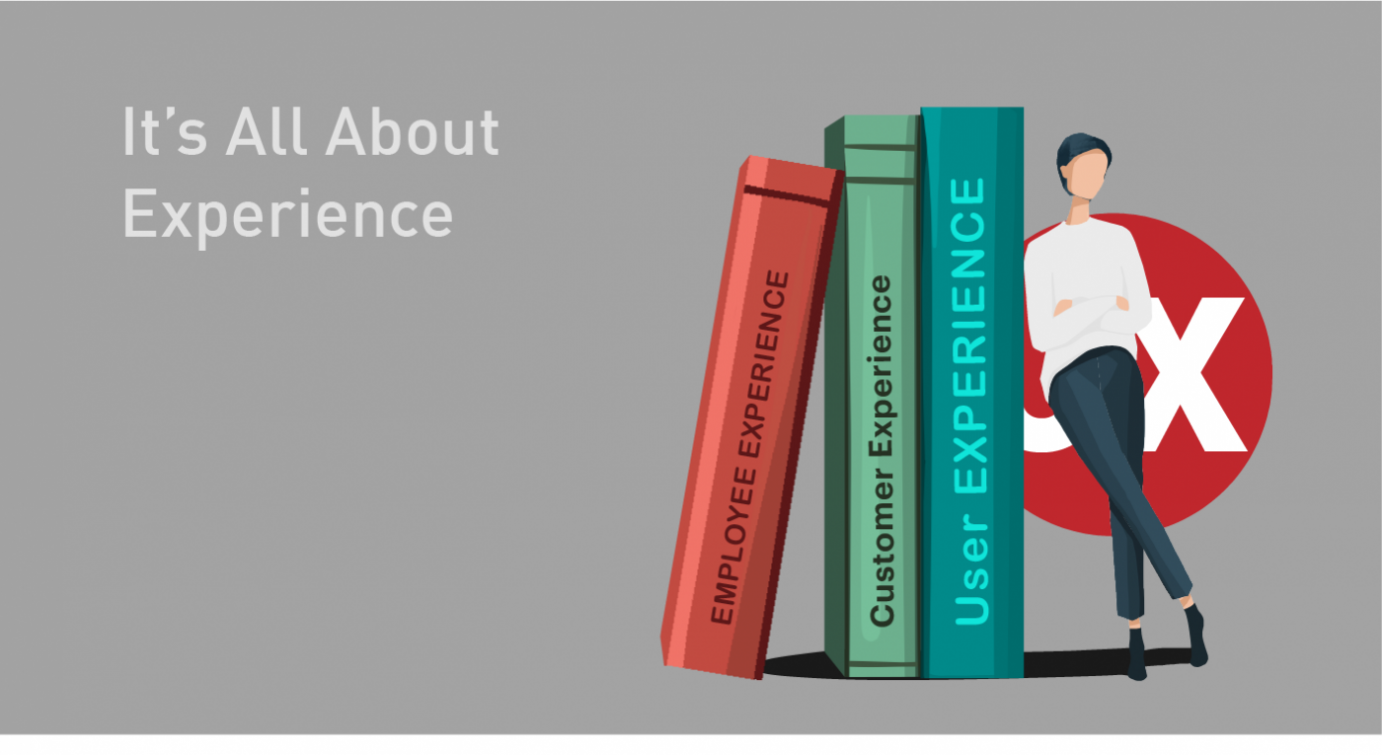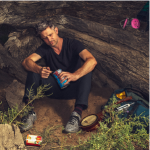What are we talking about when we talk about UX? That question has been central to user experience since its inception, some 25 years ago, when Don Norman popularized the term by giving himself the title of User Experience Architect at Apple.
Over that same span of time, UX Magazine has been exploring, promoting, and discussing the realm of user experience design (pre-dating wikipedia’s first mention of “UX” by roughly 5 years). Where the focus of UX was initially on improving the overall experience people had with computers, which were then rather obtuse in most ways, the idea of user experience has now grown to encompass not just the experiences people have with computers and computer programs, but also the experiences customers and employees have with organizations and, as digital interactions have become ubiquitous, how we experience the world at large.
Become a member to read the whole content.
Become a member







